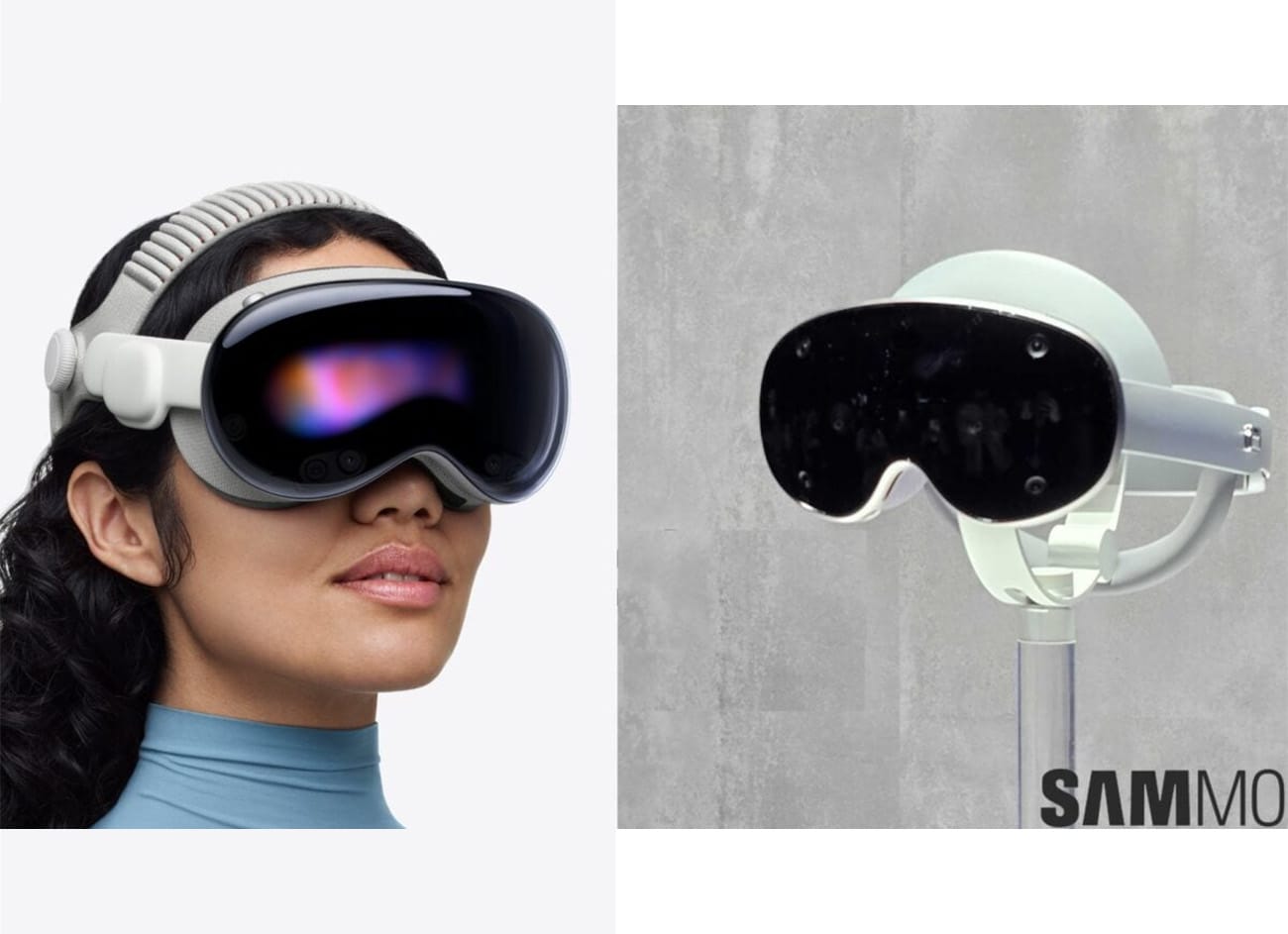Currently Empty: ₵0.00

Samsung launched the Galaxy XR headset this week to rival the Apple Vision Pro. It is priced at $1,799, which is nearly half of what Apple’s XR headset costs ($3,500). Despite such relatively low pricing, the specifications and hardware of the Galaxy XR are comparable to the Vision Pro.
Let us check out how their specifications and features compare against each other.
Galaxy XR vs Apple Vision Pro
Both headsets look extremely premium. They have a metal frame covered by a glass front, fabric material all around for added comfort when you wear them, and a head strap for a secure fit. However, the Apple Vision Pro is considerably heavier than the Galaxy XR, and its head strap isn’t as good, which makes it top-heavy and uncomfortable when you wear it for a longer duration.

They have dual-4K Micro-OLED displays, but the Galaxy XR has a slightly higher resolution and pixel density compared to the Vision Pro. The Vision Pro has a higher refresh rate, though. The Galaxy XR runs at a default of 72Hz and can go up to a maximum of 90Hz, while the Vision Pro mostly runs at a 90Hz refresh rate and can go up to 120Hz.

Apple Vision Pro

Samsung Galaxy XR
Both XR headsets support full-colour passthrough and HDR video playback via HDR10 and HLG. The Apple Vision supports Dolby Vision, which is missing on the Galaxy XR. Interestingly, the Galaxy XR doesn’t support Samsung’s HDR10+ format yet.
The Vision Pro and the Galaxy XR support Dolby Atmos for spatial audio. They have a dual-driver (tweeter + woofer) stereo speaker setup and six microphones.

The Apple Vision Pro and the Galaxy XR have six world-facing cameras, two full-color 6.5MP passthrough cameras, four eye-scanning cameras, and a depth sensor. These cameras help the headsets see what is around you and track your movements with respect to the room, and offer hand tracking. Both also support iris scanning for biometrics and unlocking the headset.
The Galaxy XR uses the 4nm Snapdragon XR2+ Gen 2 chipset with a six-core CPU and the Adreno 740 GPU, 16GB LPDDR5X RAM, and 256GB storage. The Apple Vision Pro uses the 3nm M5 processor with a 10-core CPU and a 10-core GPU, 16GB LPDDR5X RAM, and 256GB (up to 1TB) storage. The Vision Pro clearly has a more powerful and more power-efficient processor.
Samsung’s XR headset runs Android XR, while the Vision Pro runs visionOS 2.6. They offer spatial computing, screen mirroring from paired phones and laptops, 3D content playback, gaming, and a lot more. The Vision Pro has support for more native apps, while the Galaxy XR has a more advanced AI assistant (Gemini) that can see and hear what you can to help you with research and accomplish tasks.
Both headsets support eye and hand tracking as the primary source of input. Additionally, both support keyboard, mouse, gamepads, and motion controllers via Bluetooth. The Galaxy XR has Bluetooth 5.4, Wi-Fi 7, and Smart View, while the Vision Pro has Bluetooth 5.3, Wi-Fi 6, and AirPlay 2.
Buy Galaxy XR Headset
Which is a better XR headset? There is no clear answer yet
Overall, both headsets have a very premium build, similar displays and audio, comparable eye and hand tracking, iris scanning, extremely similar cameras and sensors, the same amount of RAM, and similarly long battery life. However, the Galaxy XR has better wireless connectivity and AI companion, while the Apple Vision Pro has a much faster processor and more optimized apps.
If you are invested in the Android and Windows ecosystems, the Galaxy XR is the way to go, as it works well with your existing devices and has a much lower price. For iPhone and Mac users, the Vision Pro is the obvious choice, but it is extremely costly.
Source : Sammobile News


